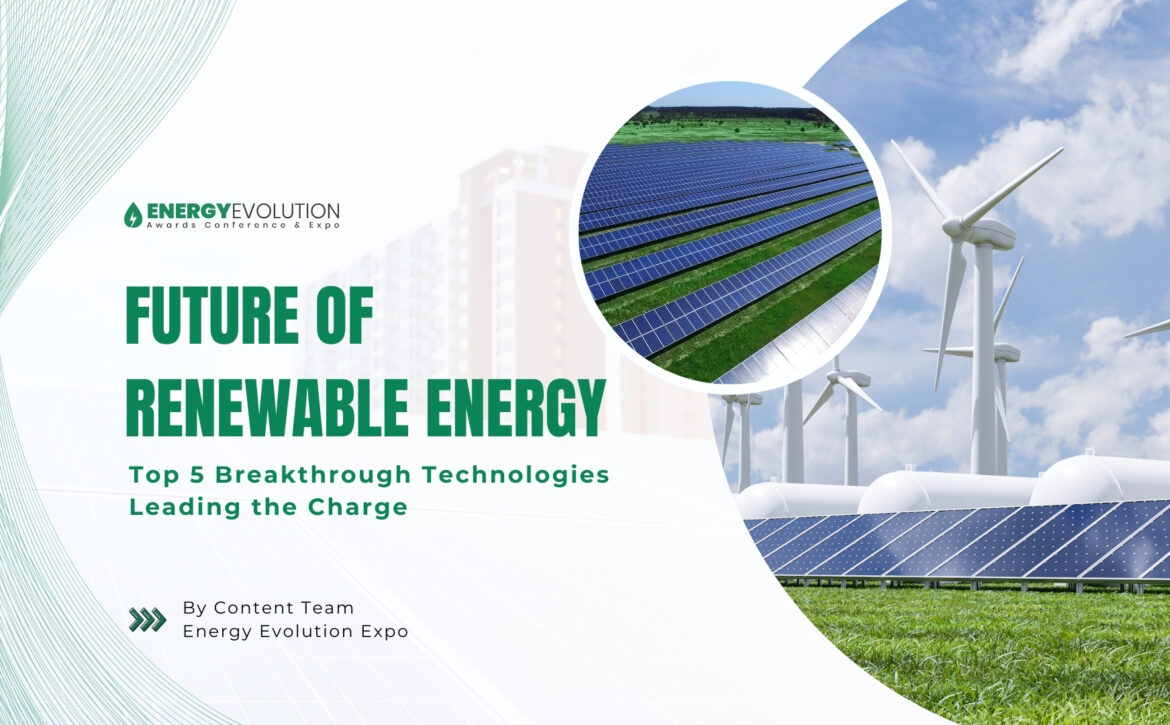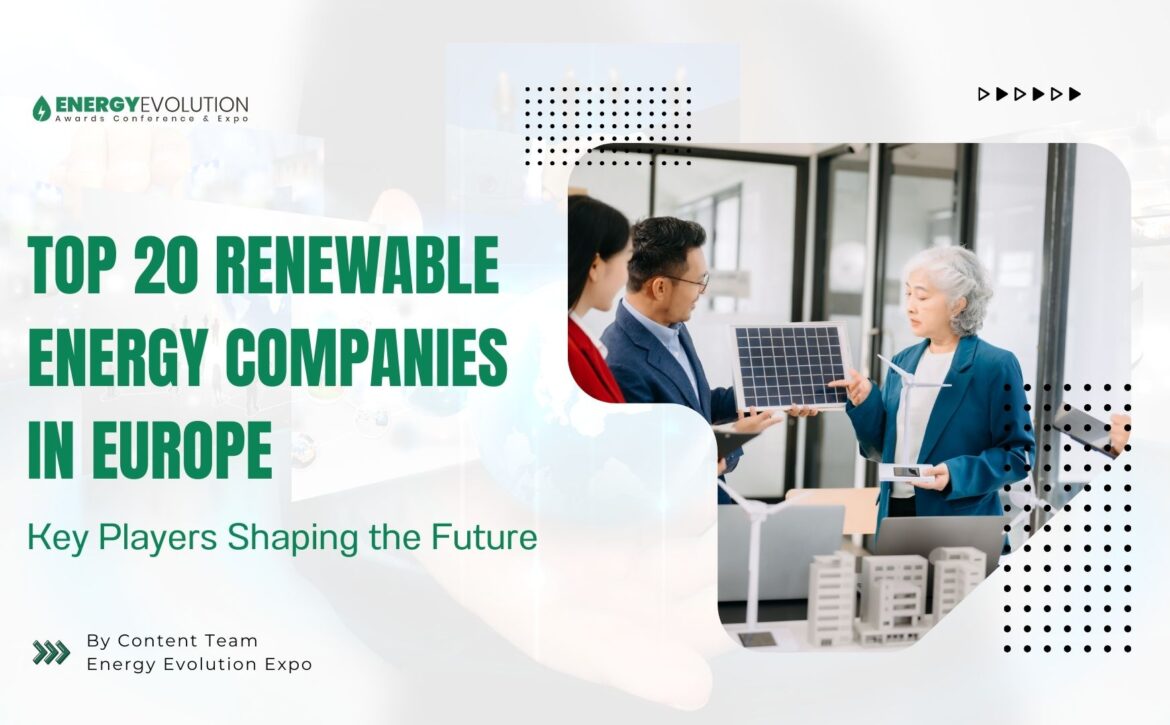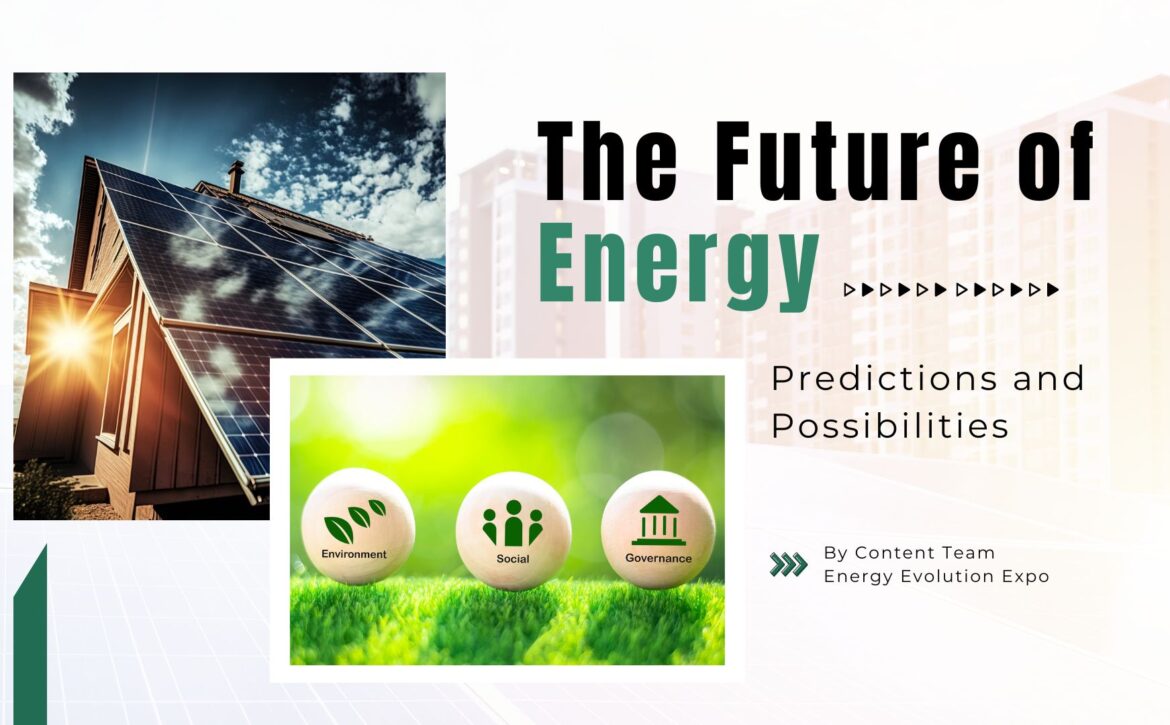Future of Renewable Energy: Top 5 Breakthrough Technologies Leading the Charge
The push for renewable energy innovations is more critical than ever, as global warming and climate goals hinge on breakthroughs that maximize efficiency and minimize environmental impact. Below are five cutting-edge renewable energy solutions that showcase how technology is making strides to address these challenges.
1. Combined Solar and Wind Power by Unéole
Unéole, a French startup, developed an innovative system that combines solar panels with vertical-axis wind turbines, designed specifically for urban rooftops. This hybrid solution can generate 40% more energy than standalone solar panels by capturing both sun and wind energy.
The turbines, which are compact and quiet, work seamlessly with the photovoltaic system, making it ideal for city environments. These systems not only increase energy output but also help buildings become more energy autonomous, particularly in multi-story structures.
2. Aeromine’s Silent Wind Turbines
Unlike traditional wind turbines, Aeromine has created a unique system of wind generators that have no external moving parts. These turbines, designed to be installed on building rooftops, use airflow over the building to generate electricity. Aeromine’s technology can produce 50% more power than traditional sustainable systems when combined with solar panels and battery storage, offering the potential to meet 100% of a building’s energy needs.
3. Solar Canals by SolarAquaGrid
California’s SolarAquaGrid project takes advantage of the state’s extensive water canal system by covering them with solar panels. This approach not only generates renewable energy but also reduces water evaporation, a critical factor in drought-prone regions. The project has the potential to save billions of liters of water annually while generating power for nearly 10 million homes. By addressing both water conservation and energy generation, solar canals are a prime example of multifunctional renewable infrastructure.
4. Solar Power Windows by Ubiquitous Energy
Ubiquitous Energy, a California-based company, has developed transparent solar panels that function as windows. These solar windows allow visible light to pass through while converting ultraviolet and infrared light into electricity. This technology can generate up to 30% of a building’s energy needs without compromising natural light, offering a groundbreaking way to integrate solar power into the architecture of homes and commercial buildings.
5. SOURCE Hydropanels for Water-from-Air
U.S. startup Source has developed “hydropanels” that can extract drinking water from air, powered entirely by solar energy. These off-grid panels can provide water in remote areas, where water access is limited, and reduce the need for plastic water bottles. With installations in 50 countries, Source’s technology not only contributes to sustainable energy but also addresses global water scarcity.
These innovations demonstrate how creative technological solutions can significantly impact the renewable energy landscape, contributing to global climate goals while offering practical benefits like increased energy efficiency, water conservation, and improved urban living conditions. By integrating these advancements into everyday structures and utilities, we can move closer to a sustainable, zero-carbon future.
We need to keep up with all recent innovations to reap maximum benefits and to facilitate a better understanding of the latest developments and trends in the Renewable energy Industry, various Conferences and Expos, which bring Industry leaders together, serve as an all-inclusive platform.
The Energy Evolution Awards, Conference, and Expo organized by Next Business Media is making its debut in Spain in 2025. It will be a leading forum dedicated to honoring excellence in Energy Technology, showcasing innovations, and fostering collaborations. The events unite industry leaders, and visionaries to explore the latest advancements, tackle key challenges, and shape the future of Energy.
The Energy Evolution Awards, Conference, and Expo will celebrate outstanding achievements, promote sustainable practices, and drive the Energy Industry forward into a technologically advanced sustainable era. Energy Evolution Awards, Conference, and Expo will be a platform for cultivating innovation and shaping a brighter, more efficient energy landscape.






